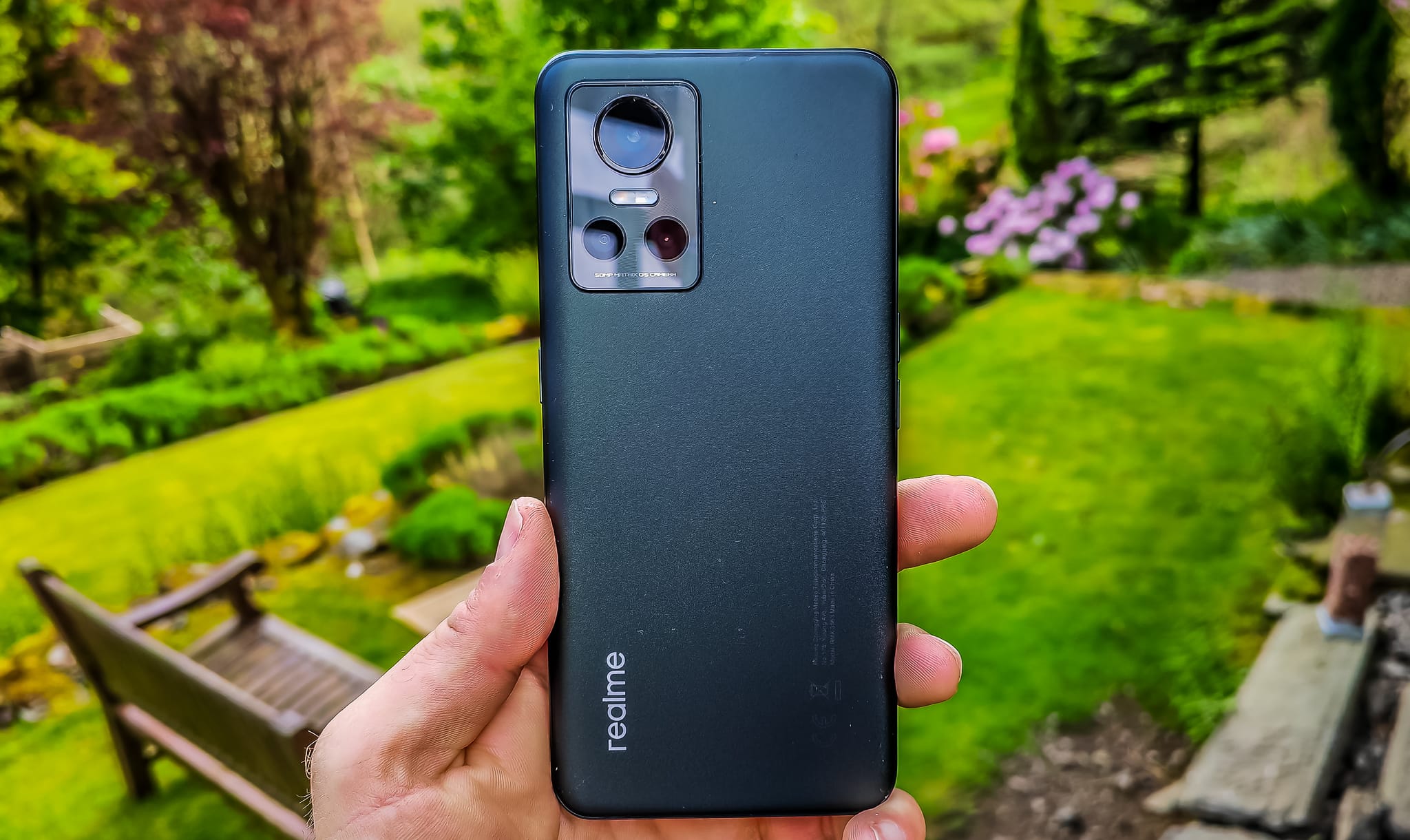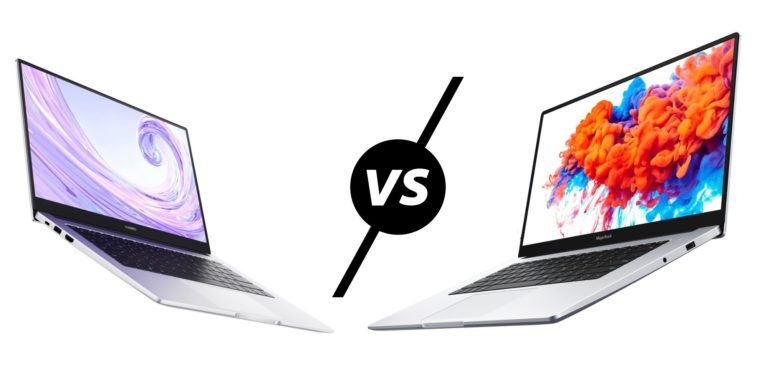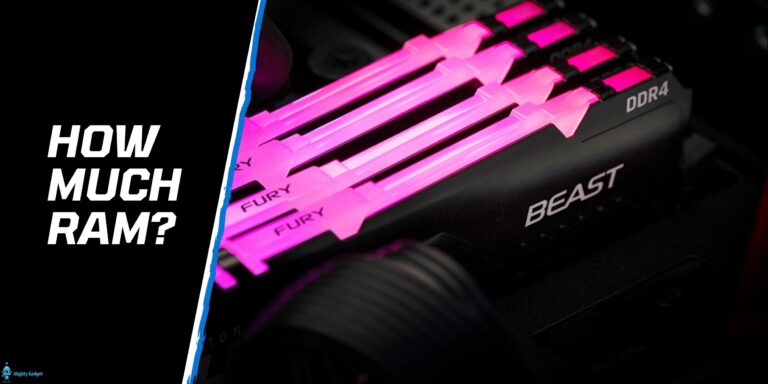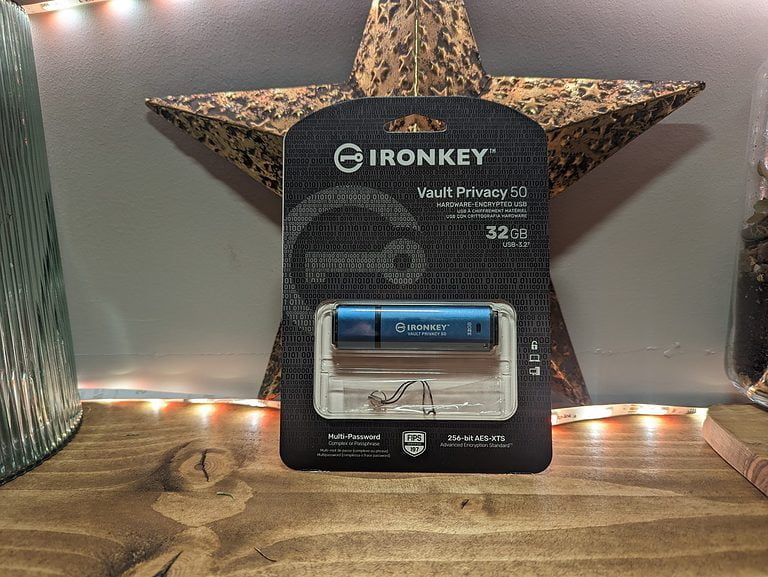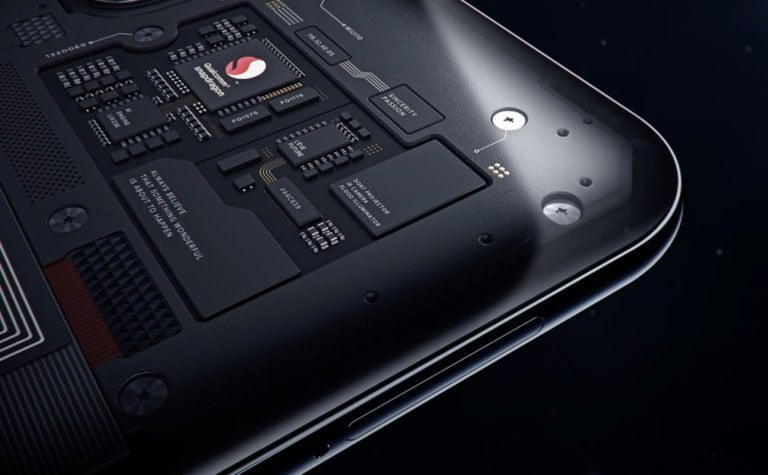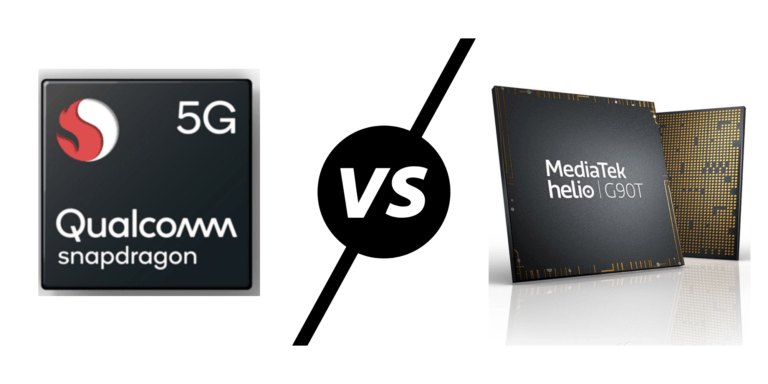Any links to online stores should be assumed to be affiliates. The company or PR agency provides all or most review samples. They have no control over my content, and I provide my honest opinion.
Today, Realme has launched the Realme GT Neo 3 and the Neo 3T. The Realme GT Neo 3 is the first phone to launch in the UK/EU with the MediaTek Dimensity 8100, and depending on pricing, I think it could be one of the best phones on the market.
The Qualcomm Snapdragon 870 on the Neo 3T is a superb chipset and one of my favourites from last year, but how much difference is there in performance between these two chipsets?
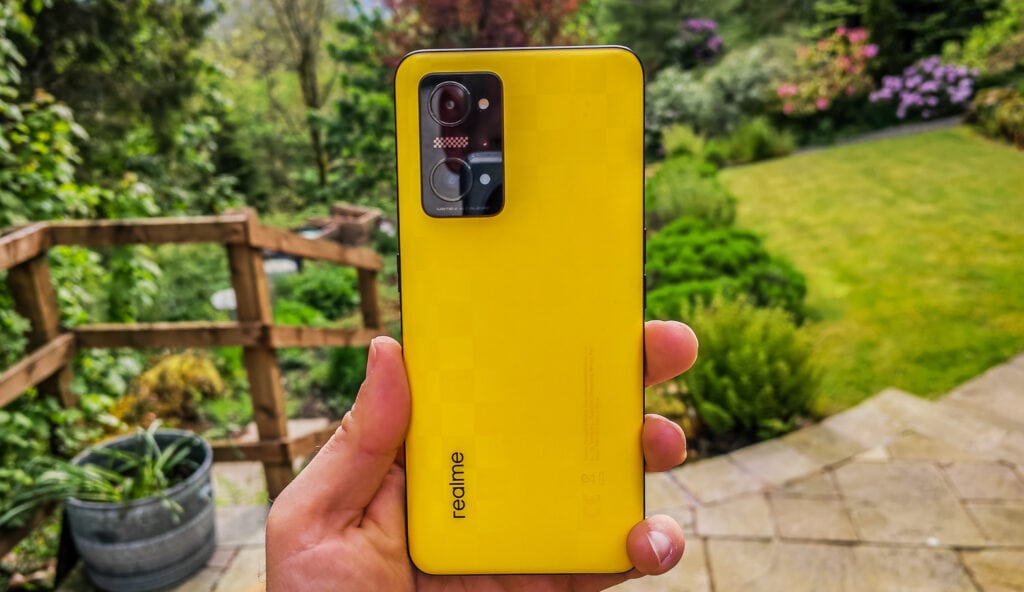
Feature Image: Realme GT Neo 3
Specification
| Dimensity 8100 | Snapdragon 870 | |
|---|---|---|
| Process | 5nm TSMC | 7nm FinFET |
| CPU | 4x Arm Cortex-A78 @ 2.85GHz 4x Arm Cortex-A55 @ 2Ghz | 1x Cortex-A77 @ 3.2GHz 3x Cortex-A77 @ 2.4GHz 4x Cortex-A55 @ 1.8GHz |
| GPU | Arm Mali-G610 MC6 | Adreno 650 |
MediaTek Dimensity 8100 vs Snapdragon 870 & Snapdragon 888 Antutu Benchmark
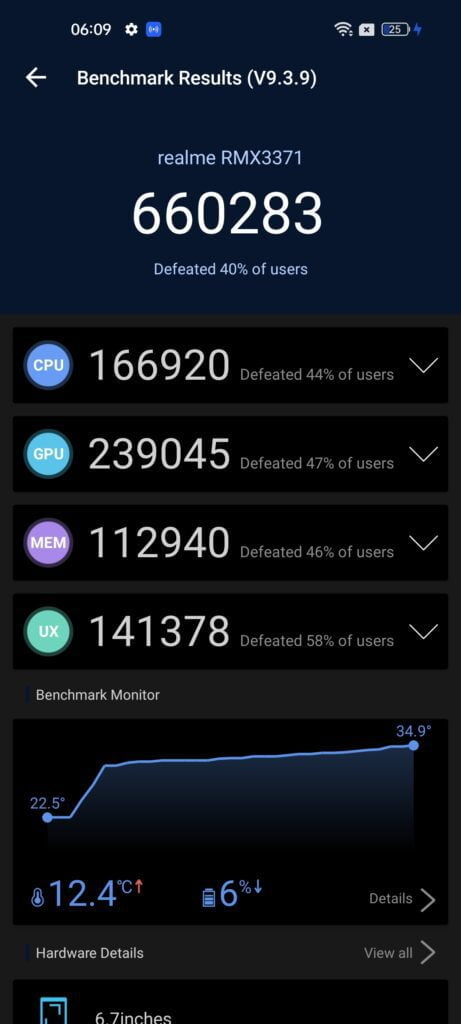
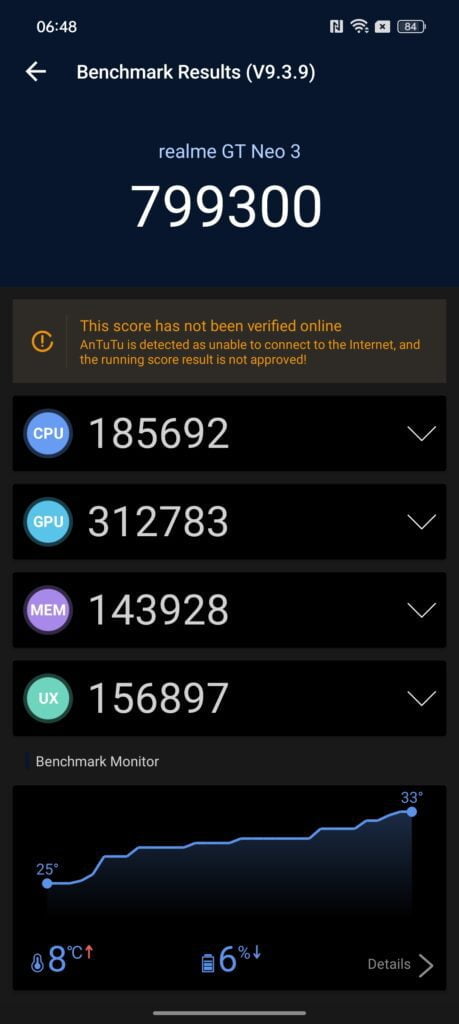
| Total | CPU | GPU | MEM | UX | |
|---|---|---|---|---|---|
| Qualcomm Snapdragon 8 Gen 1 Honor Magic 4 Pro | 974703 | 204000 | 443463 | 155955 | 171285 |
| MediaTek Dimensity 8100 Realme GT Neo 3 | 799300 | 185692 | 312783 | 143928 | 156897 |
| Qualcomm Snapdragon 888 Realme GT | 797855 | 204680 | 309021 | 120085 | 164069 |
| MediaTek Dimensity 8050 Infinix Note 30 VIP | 732420 | 205125 | 184374 | 158126 | 184795 |
| Qualcomm Snapdragon 870 Realme GT Neo 3T | 660283 | 166920 | 239045 | 112940 | 141378 |
I reused an old table for these results, which also shows off the performance compared to last year’s Snapdragon 888 and this year’s current flagship Qualcomm Snapdragon 8 Gen 1.
The MediaTek Dimensity 8100 has very impressive results, not only being better than the SD870 but also last year’s Snapdragon 888. This is very impressive considering the MediaTek Dimensity 8100 is an upper mid-range phone and likely more affordable than the Realme GT 2.
Geekbench
- MediaTek Dimensity 8100
- Single Core: 964
- Multi Core: 4032
- Qualcomm Snapdragon 870
- Single Core: 1005
- Multi Core: 2946
The Geekbench results are quite interesting with the Dimensity having a lower single core but higher multi core.
It looks like the CPU frequencies have a bigger impact than the newer A78 CPU architecture on the Dimensity 8100. The Snapdragon 870 has 12.28% higher frequencies on the single core, though this does only result in a 4.25% advantage on the single core.
The Dimensity gains a significant advantage for multi core performance having both a superior CPU architecture and higher frequencies across the other cores. In this test, the Dimensity 8100 has a 37% advantage over the Qualcomm Snapdragon 870.
3D Mark Wildlife Stress Test & Thermal Throttling
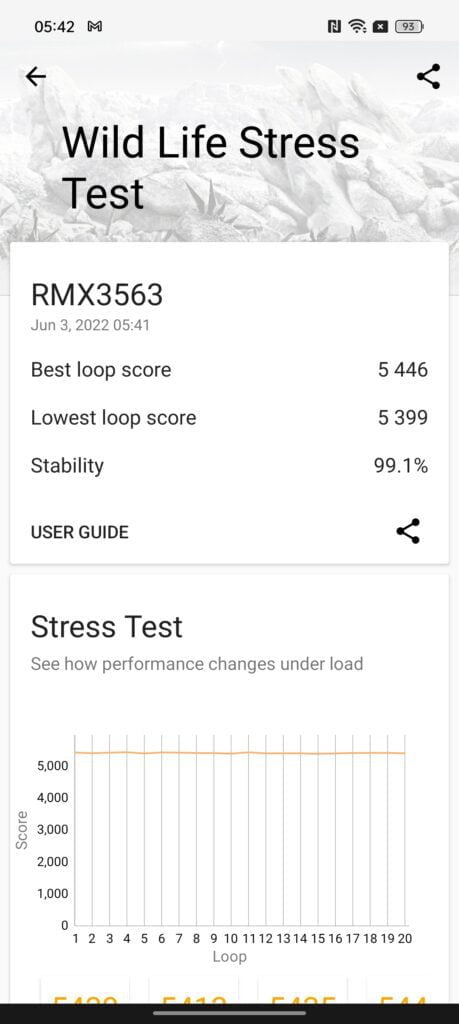
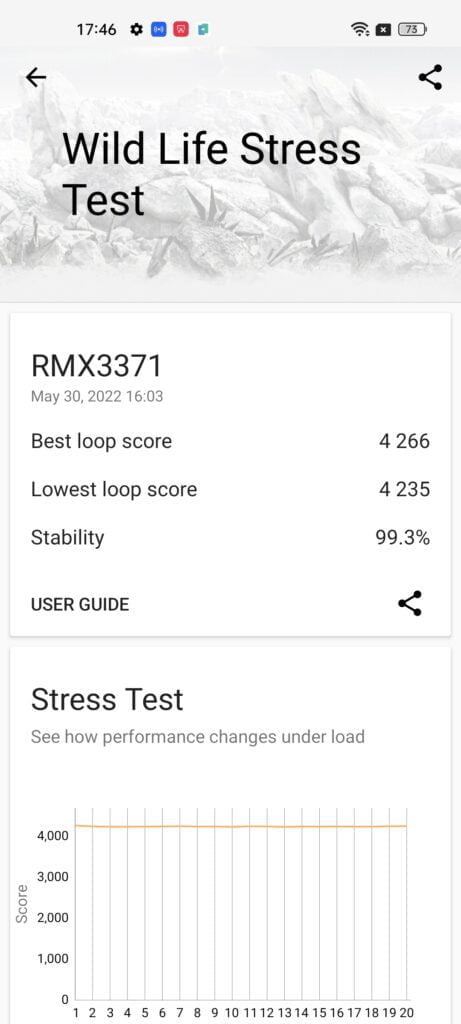
- MediaTek Dimensity 8100
- Best Loop: 5446
- Lowest Loop: 5399
- Stability:99.1%
- Battery: 100% to 94%
- Temperature: 32 to 38 degrees
- Qualcomm Snapdragon 870
- Best Loop: 4266
- Lowest Loop: 4235
- Stability: 99.3%
- Battery: 83% to 74%
- Temperature: 25 to 39 degrees
Here we see the MediaTek Dimensity 8100 flex with significantly better performance than the Snapdragon 870.
Stability is almost identical, but the MediaTek Dimensity 8100 has a best loop result 27.7% higher than the Qualcomm. Battery drain is less, and the temperature increase is significantly less too.
What is more impressive is that the MediaTek Dimensity 8100 is arguably better than the flagship Snapdragon 888 from last year, which also features on the Realme GT 2.
The SD888 has a higher best loop score of 5915 (8.6% higher), but it can’t sustain this performance for very long periods, and the low score is 11.8% lower, battery drain is higher, and so is the temperature rise (hence the drop in performance).
The MediaTek Dimensity 8100 is an excellent chipset for anyone looking for an affordable gaming phone.
PCMark Work 2.0 and Battery Life
- MediaTek Dimensity 8100
- Single Run: 14422
- Average During Battery Test: 11400
- Battery Life: 11h 37 min
- Qualcomm Snapdragon 870
- Single Run: 13316
- Average During Battery Test: 10175
- Battery Life: 16h 17mins
I am not a huge fan of the PCMark Work test, as the results vary wildly depending on how a manufacturer decides to handle CPU frequencies under different workloads.
In the case of Realme, there is always a noticeable dip in performance after a few minutes, I guess the logic here is that the underlying firmware identifies prolonged low-intensity tasks and downclocks the CPU to favour battery.
The MediaTek Dimensity 8100 achieves a respectable result, but it is disappointing that it is so much lower than the Qualcomm Snapdragon 870. I was hoping it would be higher than Qualcomm due to the superior fabrication process. I only ran the test once, so there are a lot of variables that can affect this.
During day to day use, both phones have been superb for the battery.
Realme GT Neo 3 150W Charging Speeds
While this has no relation to the chipset, both of these phones have 150W charging (I think there will be different variants). As far as I am aware, this is the fastest of any phone currently available in Western markets.
I tested the Realme GT Neo 3 from flat, starting the stopwatch as soon as the phone had enough power to boot up. I think it showed 2% when I started the stopwatch and noted down the percentage charge at various times:
- 25% in 3 minutes
- 30% in 3m35s
- 50% in 6m 30s
- 66% in 10 minutes
- 75% in 11m 50s
- 80% in 13 minutes
- 91% in 16 minutes
- 95% in 17m 20s
- 99% in 18m 40s
- 100% in 19 minutes
I know a lot of people express concern about these charge speeds and the effect on a battery. For me, I normally slow charge overnight and use faster charging when I need a top-up.
In particular, these charge speeds are amazing when you travel. I took the charger away with me on a recent trip, I took dozens of photos and used Google maps a lot, which will quickly drain the battery in any phone. I normally have a short downtime in the hotel before heading out in the evening; being able to charge my phone from flat to full in 20 minutes is just incredibly handy, especially for anyone that gets anxious about low battery.
Overall
The Snapdragon 870 was possibly my favourite chipset from last year, it had heaps of performance and still does, but it didn’t suffer from the same thermal throttling and poor battery that the Snapdragon 888 had.
I have not had a chance to use the MediaTek flagship chipset yet, but the MediaTek Dimensity 8100 is outstanding. It has a similar level of performance as the Snapdragon 888 without all that annoying thermal throttling and poor battery.
In general, these upper mid-range chipsets from both Qualcomm and MediaTek are so good nowadays there really is no need to spend the extra on a flagship phone just for chipset performance.
I am James, a UK-based tech enthusiast and the Editor and Owner of Mighty Gadget, which I’ve proudly run since 2007. Passionate about all things technology, my expertise spans from computers and networking to mobile, wearables, and smart home devices.
As a fitness fanatic who loves running and cycling, I also have a keen interest in fitness-related technology, and I take every opportunity to cover this niche on my blog. My diverse interests allow me to bring a unique perspective to tech blogging, merging lifestyle, fitness, and the latest tech trends.
In my academic pursuits, I earned a BSc in Information Systems Design from UCLAN, before advancing my learning with a Master’s Degree in Computing. This advanced study also included Cisco CCNA accreditation, further demonstrating my commitment to understanding and staying ahead of the technology curve.
I’m proud to share that Vuelio has consistently ranked Mighty Gadget as one of the top technology blogs in the UK. With my dedication to technology and drive to share my insights, I aim to continue providing my readers with engaging and informative content.

